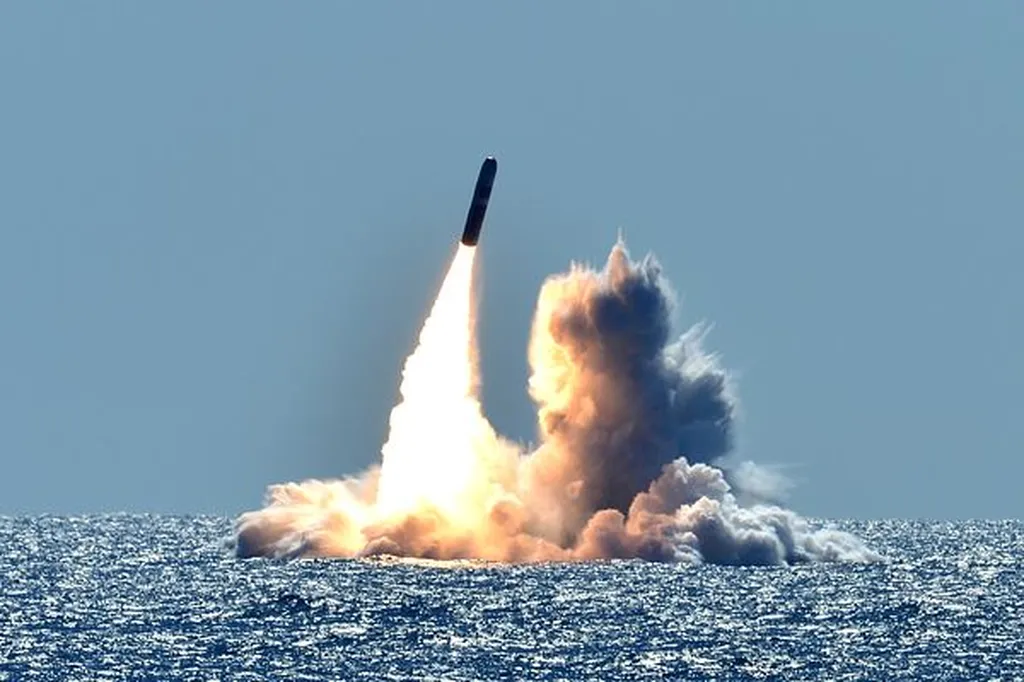In the quest for advanced nuclear energy solutions, researchers are tackling a significant hurdle that could shape the future of lead-cooled fast reactors (LFR). A recent study published in *Teshugang* (translated as “Heat Treatment”) delves into the intricate world of liquid metal embrittlement (LME), a phenomenon that poses a substantial threat to the structural integrity of LFR materials. Led by Ma Guobao from the Collaborative Innovation Center of Steel Technology at the University of Science and Technology Beijing, the research team has been exploring the behavior of various structural materials in high-temperature liquid lead-bismuth eutectic (LBE), a critical component in LFR technology.
LME is a process where the presence of liquid metal causes a dramatic reduction in the ductility and fatigue life of solid metals, potentially compromising the safety and reliability of nuclear reactors. “Understanding and mitigating LME is crucial for the advancement of LFR technology,” Ma Guobao explains. “Our study focuses on the LME behavior of key candidate structural materials, including ferritic/martensitic steel, aluminum-containing ferritic steel, austenitic steel, and aluminum-containing austenitic steel.”
The research team investigated various factors influencing LME, such as temperature, oxygen concentration, strain rate, pre-exposure, and metallurgical state. Their findings provide a deeper understanding of how these factors affect LME and the underlying mechanisms driving this phenomenon. “By elucidating the sensitivities of different materials to LME, we aim to pave the way for developing more resilient structural materials for LFR applications,” says Ma Guobao.
The implications of this research extend beyond the laboratory, with significant commercial impacts for the energy sector. As the world seeks cleaner and more efficient energy solutions, advanced nuclear reactors like LFR hold promise. However, the widespread adoption of this technology hinges on overcoming challenges like LME. “Our work is a step towards enhancing the comprehension of LME mechanisms, which is essential for the safe and reliable operation of lead-cooled fast reactors,” adds Ma Guobao.
The study not only sheds light on the current understanding of LME but also offers an outlook on future prospects for mitigating this challenge. By addressing the fundamental issues related to LME, researchers are laying the groundwork for the next generation of nuclear energy technologies. As the energy sector continues to evolve, the insights gained from this research could play a pivotal role in shaping the future of nuclear power.
In the dynamic landscape of energy innovation, the work of Ma Guobao and his team underscores the importance of scientific research in driving technological advancements. Their study, published in *Teshugang*, serves as a testament to the ongoing efforts to harness the full potential of advanced nuclear reactors, ultimately contributing to a more sustainable energy future.

